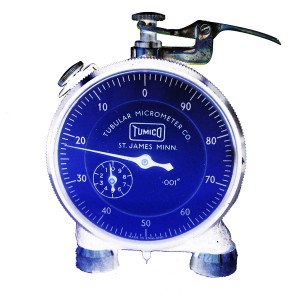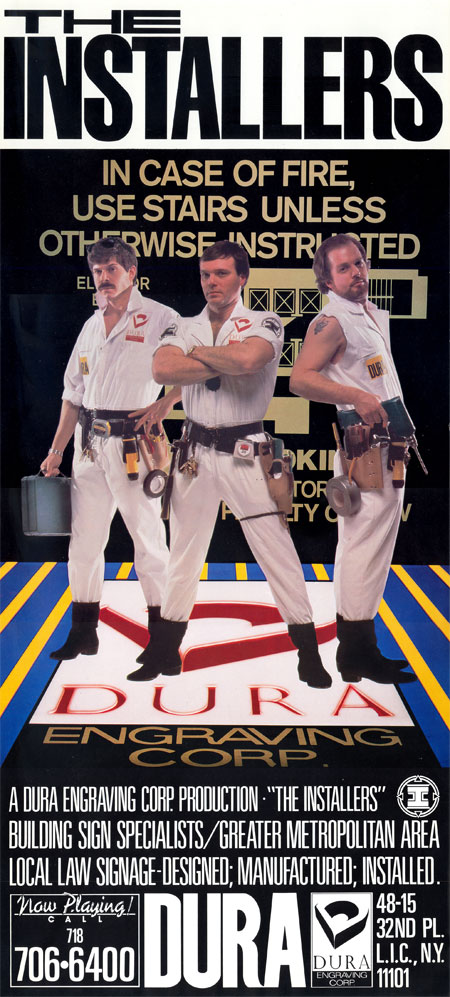DURA – The Disco Years 1971-1990
From 1971-1980 Dura continued to run its operations out of the NYC 20th Street loft building it leased space in. Though work came in steadily to Dura, NYC was in the midst of a period of huge economic stagnation and by 1975 the city was bankrupt. Mass transit fares would increase almost 400% between ‘71-‘90 and yet it wasn’t until the mid 70s that the Federal Minimum Wage crossed the $2/hour threshold. But in spite of that, NYC night life was alive and well as the masses flocked to Studio 54 and The Limelight to “Disco” into the wee hours of the morning.
By 1980 Dura realized that it could no longer remain at the mercy of landlords who increased rents by as much as 50% a year and finally, in 1984, Dura acquired a 20,000 sq. ft. building in an industrial area of LIC, NY just 5 subway stops east of Manhattan.
Coinciding with the move to LIC, Dura purchased an IBM System/36 manufacturing and administrative computer to generate invoices and automate bookkeeping, order entry, receivables, payables and payroll. A new catalog showcasing custom sign products was printed as were sundry pieces of advertising literature. On the manufacturing end Dura purchased computerized pantograph engravers that could now produce the work of 3 Gorton 3U operators and in a fraction of the time. The “old guard” of employees, many of whom Jack, Dura’s owner, had personally trained and who had diligently worked for him since the 1950s, were confronted with the daunting task of learning new technologies or facing an early retirement. Computers were viewed as both friend and foe, held equally in awe and fear by many of the “old-timers” but it was either adapt or be left behind in what would become a progressively automated work environment.
Two new family members also joined the business in the early 1980s; Chris Patterson who took over responsibility as Production Manager and Art Forst who became the Sales Manager. Slowly, under their leadership, with the aid of the new technologies being implemented and the acquisition of larger corporate accounts, Dura began to grow. Precision mechanical engraving jobs were now being replaced by signage manufacturing and by 1990 Dura had been transformed into a full service architectural sign company. The Gorton 3U pantographs were gone, replaced by CAD/CAM and computerized equipment that could be found in almost every department in the company.
Heading into the ‘90s, and with the capability in place of manufacturing thousands of unique nameplates a week, Dura would face ever increasing competition. Dura’s mandate, to survive and prosper over the next 20 years, would hinge on its ability to distinguish itself from other competitors through excellence in service, innovation, product delivery and price competitiveness.
May 10

